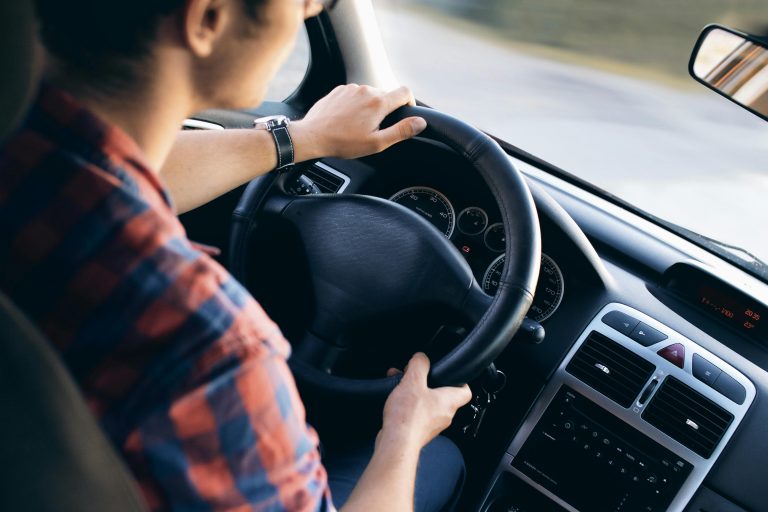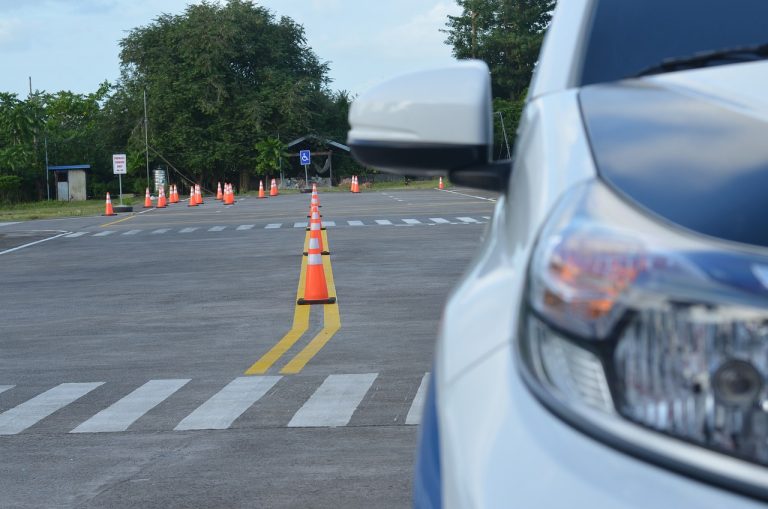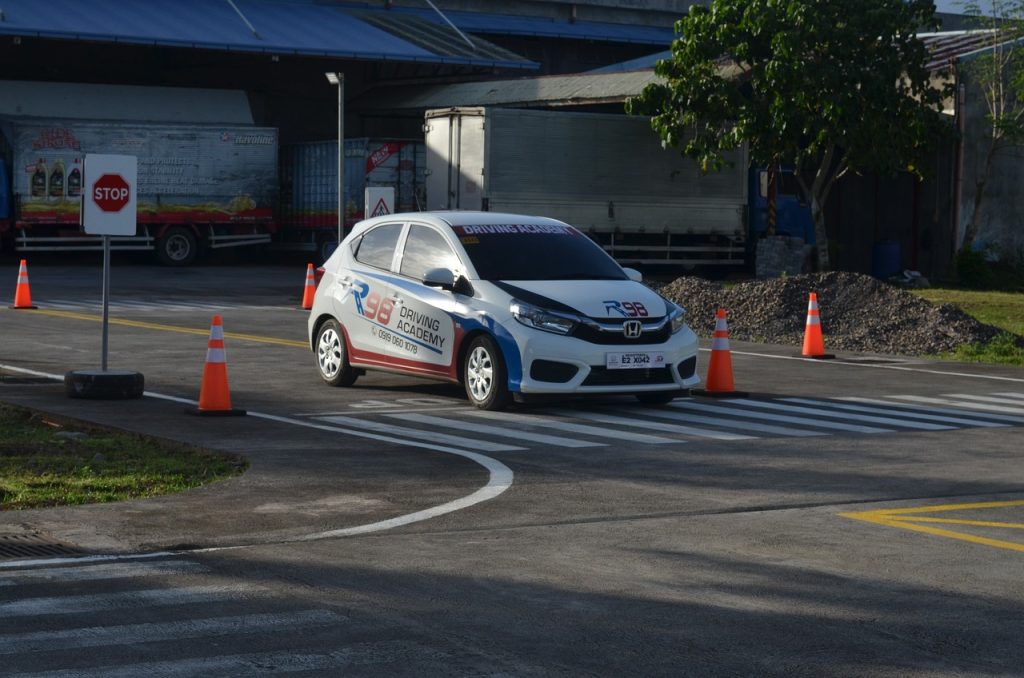Mobile
Mobile apps have grow to be an an increasing number of popular device for driver training, allowing college students to get admission to learning substances and exercise equipment on their smartphones or drugs.
faculties
Driving faculties have developed cellular apps that provide a wide variety of functions, which includes practice checks, flashcards, using guidelines, and interactive lessons.
colleges
By leveraging cellular generation, using colleges can engage college students outdoor of the study room and provide them with extra assets to help their studying adventure.





